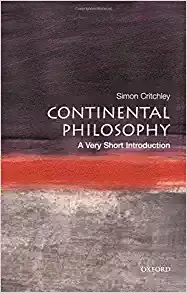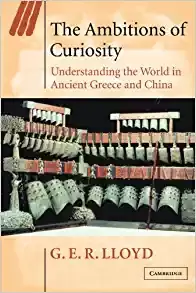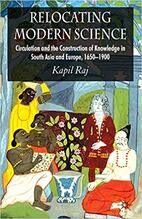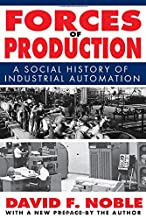A VERY SHORT INTRODUCTION
By Simon Critchley
Oxford University Press, 2001, 149 pages
In the discipline of the philosophy of science and technology, two major schisms have evolved, Continental Philosophy and Analytic Philosophy. In this introductory work, Critchley leads the reader through the historical evolution of the ideas of the Continental school, and those who are its leading proponents. The book is laid out as if a series of lectures, one per chapter. Perhaps that was the author’s use or intent.
An example of one focus of the work would be an examination of to whether Continental and Analytic fundamentals represent an unbridgeable divide or are somewhat complimentary. If truth and wisdom (or meaning) are not the same thing, and according to John Stuart Mill (as depicted by Critchley) a difference in the search of each led to such a strong division among generations of philosophers, then why would some philosophers such as Critchley argue the necessity of both rather one over the other?
This ‘why’ question asked includes several premises spoken of throughout the work; the existence of the two schools, the difference of focus for each, the division of rhetoric between them, and attempts by some to enhance or lessen the division. The question asks for opinion, yet would require a respondent to share some data to give credence to their conclusion. To answer the question with evidence would presume some examples of philosophical debate that either seeks to depict difference, or show complementarity between the Analytical and Continental approaches.
The question itself is a short ‘why’, but the prelude lays out a more complicated compound list of premises to show motivation to the question. A respondent may consider whether each or any of the premises are true, or even if any philosophers (including Critchley) actually made the argument asserted.
One such as Critchley considering a response, could approach the answer as a cynic. They may think nobody really argues in favor of complementarity, and seek to disprove that assertion. They might alternatively be a believer. In which case their answer may seek not only to show examples of publicized papers in favor of complementarity, but also argue the position themselves. In an attempt to lay out an introductory approach, Critchley does both.
The goal of the question may be provoking, as it depicts an assumption of philosophers either seeking separation or coexistence. The answer would lead the answerer to take sides around the idea of whether separation or complementarity exist, and why the respondent tends to agree with one, or at least why they feel Critchley agreed with one. The question skews toward complementarity over division since proponents of complementarity, like Critchley, are the focus. Perhaps the question then is leading toward a future seeking more cohesion in the academic discipline of philosophy.










 RSS Feed
RSS Feed